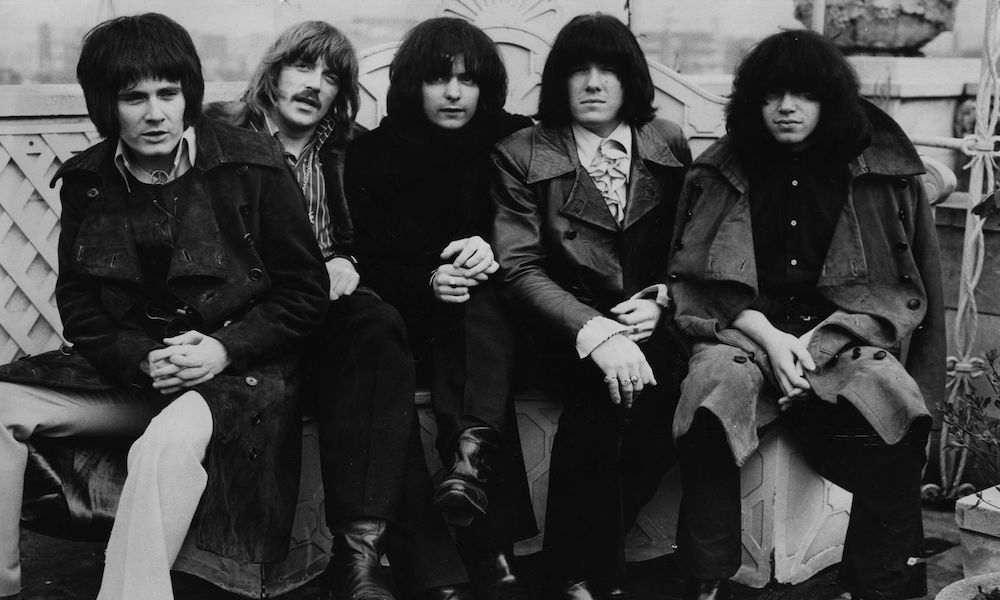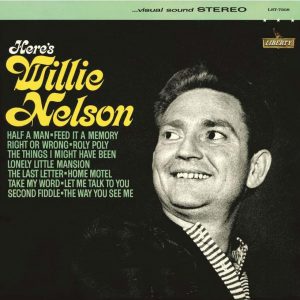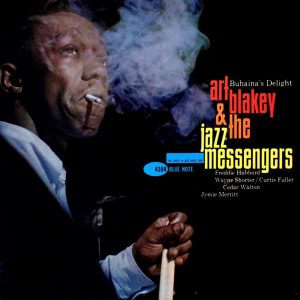A few days earlier, the Moody Blues had headlined there. Just before that, Ten Years After, and a few days later, Jeff Beck. Brits abounded at the famous Fillmore West in San Francisco in November 1968, when on the 28th of the month, Deep Purple made their first appearance there.
The nascent British rock outfit had made their American album chart debut in September of that year with their first LP, Shades Of Deep Purple. The record had reached its peak of No.24 two weeks before the Fillmore shows, and was now edging down from 31 to 32 as they stepped onto the stage for the first of four consecutive dates, as the supporting act for local psychedelic rock heroes It’s A Beautiful Day. The bill also included the newly-formed San Francisco soul-jazz-rock outfit Cold Blood.
In that first rush of creativity, Purple’s second album The Book Of Taliesyn was already completed and just emerging, and would enter the Billboard chart in the new year. In these pre-Ian Gillan and Roger Glover days, this was the Purple Mk I line-up featuring Rod Evans as lead vocalist and Nick Simper on bass, with the backbone of Ritchie Blackmore, Jon Lord, and Ian Paice.
Purple had been playing around the UK, and in Denmark, in the earlier months of 1968, but with neither album charting in their home country, the band’s new focus on the American market was understandable. Especially as their cover of Joe South’s “Hush,” from the Shades Of album, had been a major hit in the States, spending two weeks at No.4 on the Hot 100 in September.
Purple’s US tour started in the October, with two shows at the Forum in Inglewood, California. Their itinerary also included the Playboy Club in New York and the International Pop Festival In San Francisco at the end of that month. Further shows followed in California and in Ohio before they headed west again for the Fillmore debut on November 28.
The American tour would continue right the way through until the end of the year, and then the band headed home to make the self-titled album that would signal the end of Deep Purple Mk I.
Listen to uDiscover Music’s Deep Purple Best Of playlist.




